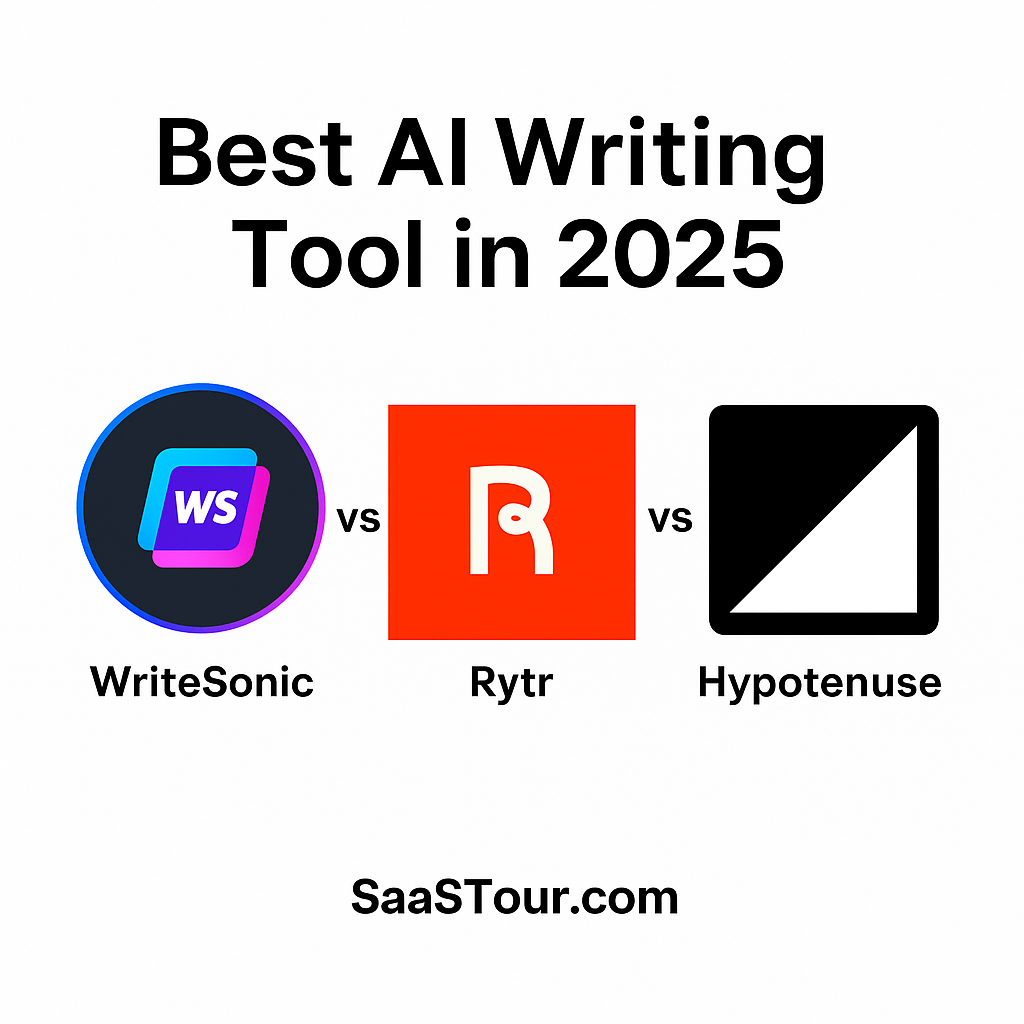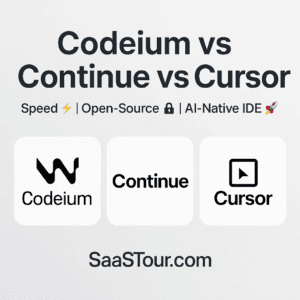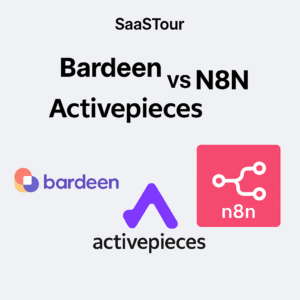AI writing tools have become an essential part of marketing and content creation. Whether you’re crafting blog posts, ad copy, or e-commerce descriptions, the right tool can make all the difference in both quality and efficiency.
Three popular choices in 2025 — WriteSonic, Rytr, and Hypotenuse — each offer unique strengths tailored to different types of users.
Let’s explore which one gives you the best balance of creativity, control, and scalability.
Quick Comparison Table
| Feature | WriteSonic | Rytr | Hypotenuse |
|---|---|---|---|
| Core Strength | Marketing + SEO content generation | Fast short-form writing | Brand-consistent content at scale |
| Best For | Blogs, ads, landing pages | Social posts, product descriptions, emails | E-commerce and branded content |
| AI Writing Depth | Excellent for long-form and SEO copy | Great for quick content | High control with polished style |
| Ease of Use | Intermediate | Beginner-friendly | Moderate |
| Tone Options | 25+ tones, editable voice | 20+ tones | Brand tone editor |
| Languages Supported | 25+ | 30+ | 20+ |
| Pricing (Starting) | $19/month | $9/month | $29/month |
| Free Plan | Yes | Yes | Free trial available |
| Website | writesonic.com | rytr.me | hypotenuse.ai |
WriteSonic — The All-Rounder for Marketing and SEO
Overview:
WriteSonic is one of the most versatile AI writing tools, offering everything from blog post generation and ad copy to landing pages and SEO-optimized long-form content. It also powers ChatSonic, an advanced conversational AI that enhances writing workflows.
Strengths
- 100+ templates for blogs, ads, and website copy
- Built-in SEO optimization and keyword tools
- Long-form editor with real-time suggestions
- Integrates with Zapier, SurferSEO, and WordPress
Weaknesses
- Occasional factual inaccuracies in long-form drafts
- Advanced features may require learning curve
- Limited free credits for heavy users
Best For:
Marketing agencies, SEO writers, and content teams that need to produce a variety of content quickly and efficiently.
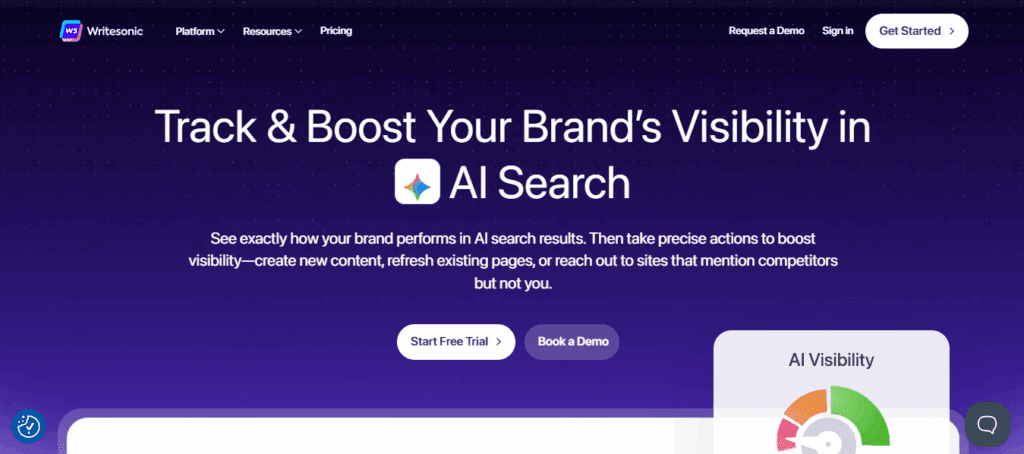
Rytr — Fast, Simple, and Affordable
Overview:
Rytr focuses on simplicity and affordability. It’s designed for users who want to create short-form content quickly without dealing with complex settings or expensive subscriptions.
Strengths
- Fast generation with minimal setup
- Intuitive interface, ideal for beginners
- Wide range of tones and content types
- Excellent free plan for light users
Weaknesses
- Not ideal for long-form articles
- Occasional generic or repetitive phrasing
- Limited brand voice customization
Best For:
Freelancers, solopreneurs, and small businesses looking for quick copy creation at a low cost.

Hypotenuse — The Brand-Consistent Content Generator
Overview:
Hypotenuse focuses on maintaining brand voice and consistency. It’s especially popular among e-commerce brands and agencies managing large-scale product or campaign content.
Strengths
- “HypoPrompt” system for brand tone control
- Generates product descriptions, blogs, and ad copy with consistent style
- Integrates with Shopify and other e-commerce platforms
- Supports bulk content generation for scaling operations
Weaknesses
- Slightly higher pricing for small users
- Requires clear prompts for best results
- Slower generation speed compared to Rytr
Best For:
E-commerce teams and marketing managers focused on tone, accuracy, and brand alignment.
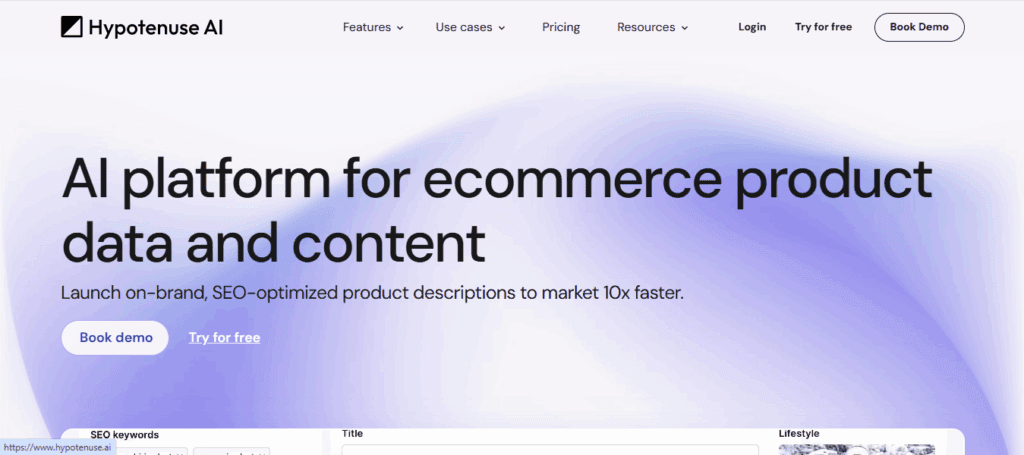
Use Case Recommendations
| Use Case | Recommended Tool | Why |
|---|---|---|
| Blog posts and SEO content | WriteSonic | Long-form generation with keyword optimization |
| Quick social posts or emails | Rytr | Fast and beginner-friendly |
| Brand and e-commerce content | Hypotenuse | Best for brand tone and product descriptions |
| Multi-channel marketing | WriteSonic | Wide range of content templates |
| Budget-friendly writing | Rytr | Affordable with strong short-form output |
Verdict
If you want a well-rounded AI writer for marketing and SEO, WriteSonic offers the most flexibility.
For quick, affordable content generation, Rytr is ideal.
If brand voice and consistency matter most, Hypotenuse is built for you.
Each tool serves a different purpose — and the right choice depends on your workflow, content goals, and budget.
